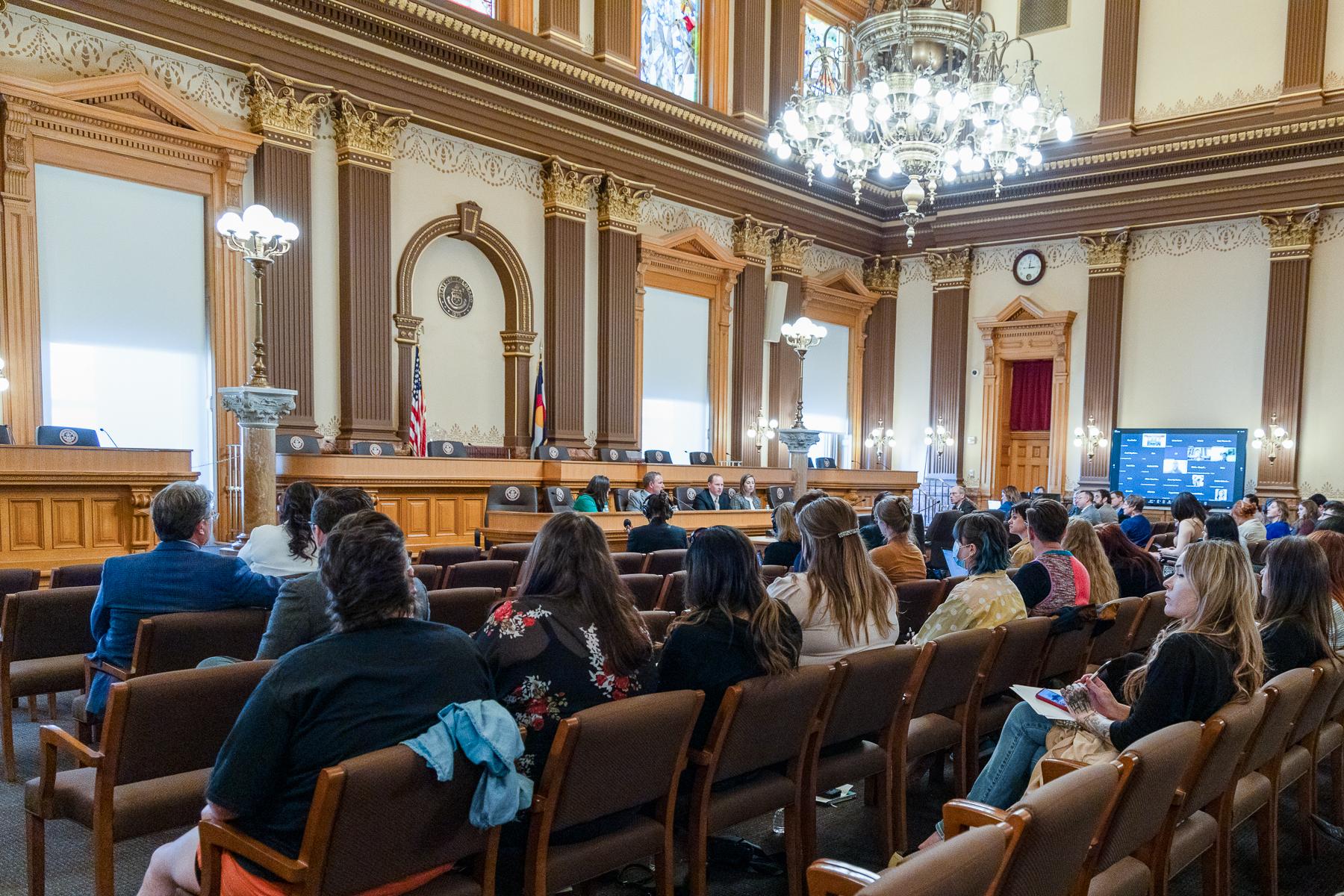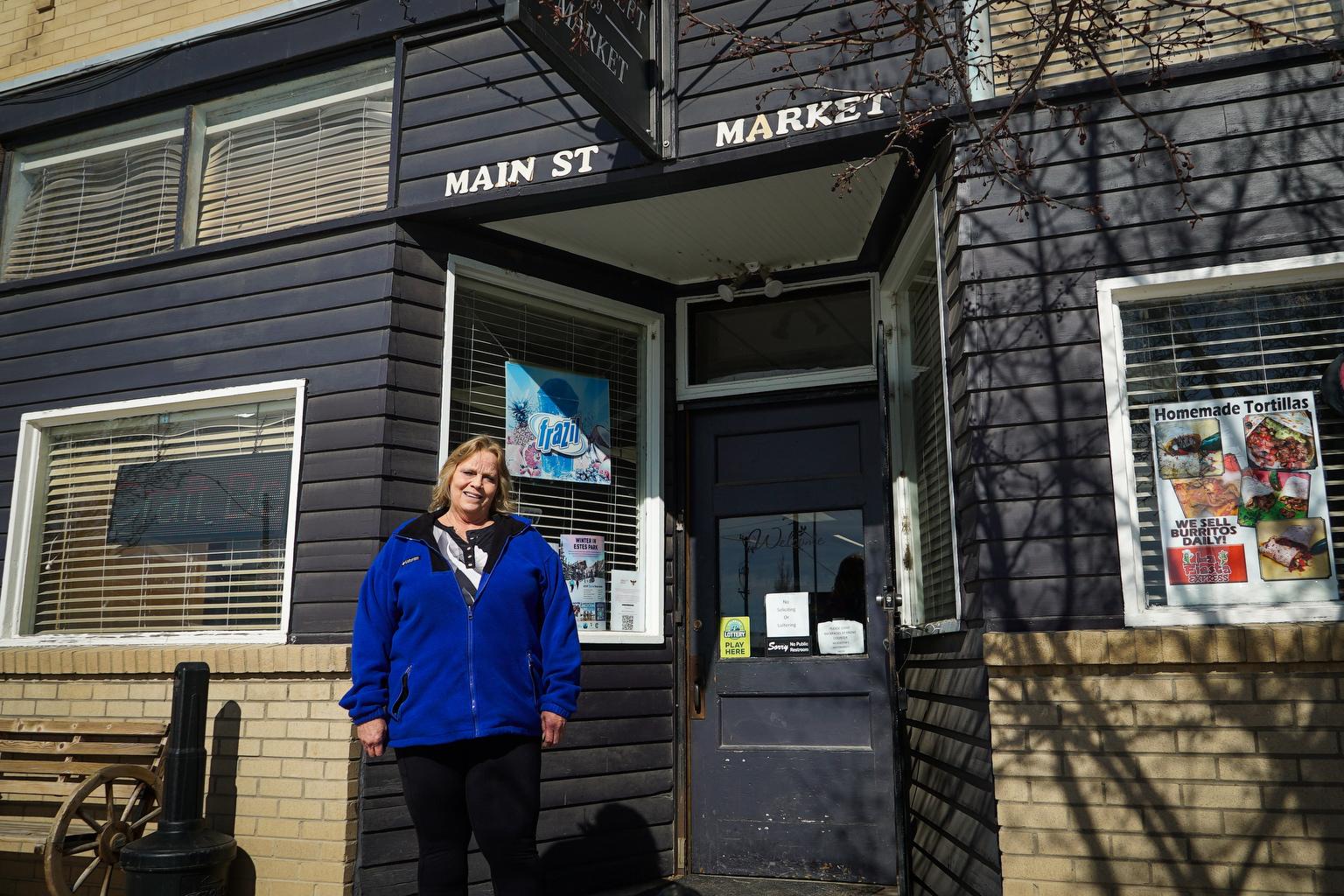
The U.S. government recently released data on how roughly $700 billion in taxpayer funds earmarked for small businesses hurt by the COVID-19 pandemic is being spent.
The numbers don’t necessarily show what they appear to at first glance.
The Payroll Protection Program was rolled out in March to aid businesses with 500 or fewer employees and save jobs. According to the U.S. Department of the Treasury, the program gave out 4.9 million loans that supported more than 51 million jobs across the U.S.
Specifically in Colorado, the Small Business Administration’s district office said in a statement in early July that the PPP has “helped keep or create” around 900,000 jobs in the state.

At this stage, it’s impossible to say how many jobs the program has actually saved, according to Tom Terry, the chief credit officer of UMB Bank, which provided roughly 5,200 PPP loans. About one-fifth of loans from his bank went to companies in Colorado.
How the numbers add up — or don't
The numbers the government has put out — 51 million jobs nationwide, and 900,000 in Colorado — are based on the employees a business reported having when they applied for the loan, Terry explained. Accurate information on how many jobs were ultimately saved won’t be available until applications for loan forgiveness are processed, he said.
Loan forgiveness is possible if at least 60 percent of the cash is used for payroll. To get that forgiveness, companies will be required to document how many people they employed when they received the loan, and how many of those jobs still exist, he said.
“Then you’ll be able to look back and see the impact of jobs retained,” Terry said. “Those are real numbers because companies have to validate that.”
It’s simply too early to say how jobs were impacted, leading to a flawed approach to interpreting the data, he said. The program is being run by the SBA, which hasn’t started accepting applications for forgiveness, according to Terry. Information from that phase of the program will likely be available at the end of 2020, at the earliest, he said.
Treasury Secretary Steven Mnuchin recently suggested that loans under the program should be forgiven, regardless of how the funds were used. That would complicate efforts to track the effectiveness of the program.

In response to questions from CPR News about how the Colorado SBA calculated its job numbers, the district office said the “data is from summary information captured from PPP applications, as provided by clients and entered by lenders.”
“Approximately 900,000 jobs were reported, which was documented in SBA’s June 30 report summarizing PPP’s impact on Colorado small businesses and organizations,” a representative from the Colorado district office said in an emailed statement.
Business owners are confused too
On top of confusion about how jobs are being counted, there are questions about the overall reliability of the data, with multiple reports of inaccuracies across the country and no clear accountability for faulty data.
For example, thousands of businesses nationwide, including 1,377 in Colorado, appear in the data to report no jobs attached to their loans. It could be due to clerical errors, or that companies weren’t required to fill in all the fields on the application form.
ARB Midstream, a Denver-based energy company, was recorded in government data as taking a loan for between $2 million and $5 million and supporting zero jobs. Rogan McGillis, CFO of ARB, said he doesn’t know how the information was reported or why it shows zero jobs, but that it’s inaccurate.
“We currently employ more than 100 employees in three states and the funds received were used for payroll-related costs,” McGillis said in an emailed statement.
In that case, the official estimates of the number of jobs saved could be undercounted. But overall, estimates of how many jobs were saved will likely prove to be inflated because of the poor quality of the data, according to Hunter Railey, Colorado director of the Small Business Majority, an advocacy group for small businesses.
Additionally, much of the money appears to have gone to companies that had easy access to bankers and accountants, as opposed to companies that needed it most, he said.
"As far as we can tell, maybe not all of it, but a good portion of that money frankly went to people who didn't need it, weren't impacted, and really weren't employing… the segments of the population who were going to be most at risk of transmitting the virus," according to Railey.
Jobs in restaurants and hospitality are especially tricky to count
Even when businesses start submitting applications to have their loans forgiven, there won’t always be a straightforward answer.
Accounting for jobs in industries like hospitality that are still dealing with significant business disruptions and closures is especially complicated, according to Josh Wolkon, who owns four restaurants in metro Denver. It’s virtually impossible to keep all your employees when your establishment is shut down by government mandate, he said.

Wolkon, who received PPP loans early in the program, maintained a brisk takeout business at Steuben’s in uptown Denver throughout the pandemic. He now has two locations with outdoor patios open for limited in-person dining.
But his staff has plummeted from 300 before the pandemic to 80. The loan program has evolved to be more flexible, but it’s still not clear how the forgiveness process will shake out, Wolkon said.
“It’s a constant analysis … with our CFO and our banker and our accountants, trying to find that balance of using this money, doing it right, doing it the way the guidelines are written, interpreting the guidelines properly, and hoping we did everything right to get forgiveness,” he said.
Disclaimer: Colorado Public Radio applied for and received assistance from the Paycheck Protection Program during the coronavirus pandemic.









